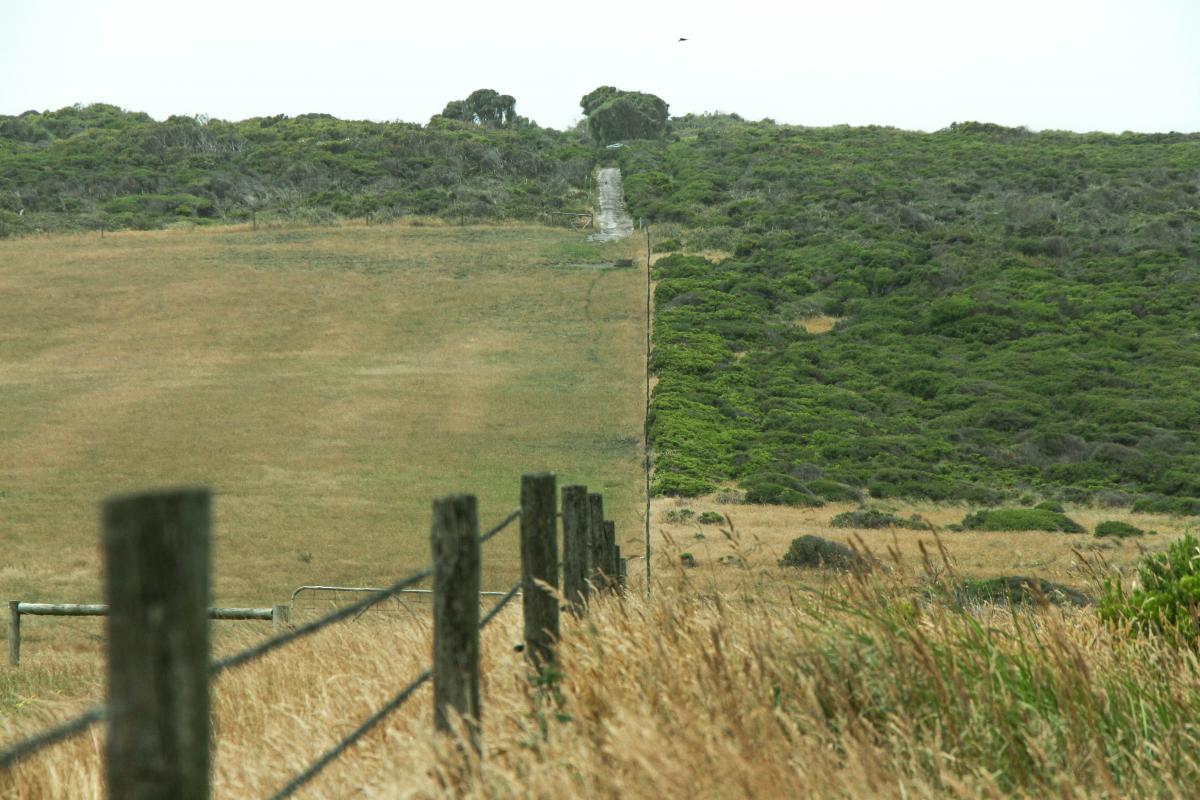First person sentenced to prison for illegally dumping waste by the Land and Environment Court of NSW, Australia
On 31 May 2018, Dib Hanna, repeat waste offender, was sentenced to three years imprisonment, with a two year and three month non-parole period, by Justice Brian Preston, Chief Judge of the Land and Environment Court of New South Wales, Australia.

Photo: Nine Digital Pty Ltd, 2018
On 31 May 2018, repeat waste offender, Dib Hanna, was sentenced to 3 years imprisonment, with a 2 year and 3 month non-parole period, by Justice Brian Preston, Chief Judge of the Land and Environment Court of New South Wales, Australia. Mr Hanna pleaded guilty to, and was convicted of, five offences under s 144AB(2) of the Protection of the Environment Operations Act 1997 (NSW) (“the Pollution Act”) for being a repeat waste offender. This offence was introduced by the NSW Government in 2013 to toughen illegal dumping laws by introducing for the first time a penalty of imprisonment for repeat offending. Mr Hanna is the first person to be convicted of this offence.
To be guilty of an offence under s 144AB(2) of the Pollution Act, a person must (1) be convicted of a waste offence and (2) commit another waste offence within five years after that conviction. Mr Hanna has a long history of waste offending. On numerous occasions over the last decade, he has been convicted and fined for unlawfully transporting and dumping building waste, including asbestos material. His most recent conviction was on 23 September 2014, within 5 years of him committing the current offences.
The current offences against s 144AB(2) involve one offence of transporting waste and four offences of polluting land. On separate occasions between November 2015 and January 2016, Mr Hanna transported building waste including asbestos material to, and dumped the waste at, four residential properties in Western Sydney. His conduct was part of a systematic business of collecting and depositing waste. He was paid by persons to collect contaminated soil and, rather than incurring the cost of paying tipping fees to dispose of the waste at licenced waste facilities, he advertised “free clean top soil” and dumped the contaminated soil at the properties of persons who responded to the advertisement.
In sentencing Mr Hanna, Justice Preston considered the environmental harm caused by the offences, including the actual environmental harm and the risk of harm to the environment and human health, Mr Hanna’s lack of remorse and that Mr Hanna committed the offences for financial gain. Justice Preston imposed the sentence on Mr Hanna to achieve retributive, preventative and restorative purposes of sentencing. To achieve retributive purposes, Justice Preston stated at [197]:
"The sentence needs to reflect the seriousness with which the informed and responsible public views crimes against the environment, including the offences of land pollution and unlawfully transporting and dumping of waste. Environmental offences are crimes; they are not mere administrative breaches. The community views environmental offences, including land pollution and dumping of waste, particularly if contaminated by hazardous substances such as asbestos, as extremely serious."
To achieve preventative purposes, the sentence needs to be of such magnitude as to deter both the offender and other persons from committing like crimes. The sentence must make the financial cost of offending greater than the likely gains of offending. Justice Preston observed at [207]:
"Sentences that have this effect result in persons who carry out activities likely to harm the environment, including causing pollution, internalising the costs of preventing and controlling pollution as well as of any environmental harm itself. This is the polluter pays principle, one of the principles of ecologically sustainable development. Persons who generate pollution and waste should bear the cost of containment, avoidance or abatement: s 6(2)(d)(i) of the Protection of the Environment Administration Act. The sentence of the court should be such as to make it economically rational for such persons to incur the cost of containment, avoidance or abatement of pollution and waste."
To improve the deterrent effect of the sentence, Justice Preston ordered Mr Hanna to publicise the details of the detection, prosecution and punishment of the offences in specified newspapers.
To achieve restorative purposes, Justice Preston made an order for the restoration of the environment requiring Mr Hanna to remove or procure the removal of the waste material from the affected properties and to lawfully dispose of this material.
The reasons for judgment are publically available at: Environment Protection Authority v Dib Hanna Abdallah Hanna [2018] NSWLEC 80.
The Land and Environment Court of NSW is a specialist statutory court with a wide jurisdiction in environmental, planning and land matters. The Court is a superior court of record in the state of NSW, the most populous state in Australia.
by Stephanie Willis, Research Officer to the Hon Justice Brian Preston SC, Chief Judge of the Land and Environment Court of NSW.
Justice Preston is member of the Interim Governing Committee of the Global Judicial Institute on the Environment.

